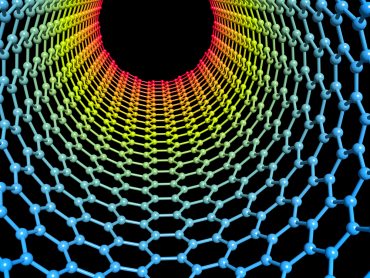
Researchers in Morocco and India are looking at ways to use the internet of things to preserve water quality and predict air pollution events.
Once again, air pollution has become a serious concern in many cities. Several recent studies have shown a correlation between high pollution levels and rising health issues including heart attacks, asthma, and strokes.
A paper published in the International Journal of Computational Intelligence Studies suggests that cities who utilize the IoT, may see faster results in predicting air pollution events and incidents. Citizens would benefit, too. City officials could use alerts to warn those particularly vulnerable to pollution-related health issues to take steps to protect themselves.
Using the IoT to Fight Pollution
The study makes a variety of recommendations about using the IoT to monitor and communicate information about pollution including:
- Sensors that predict rising levels of nitrogen oxides, sulfur dioxide, carbon monoxide, and ozone
- People using smartphones to monitor air quality
- Cities implementing roadside air quality monitors and other IoT devices and sensors to collect and evaluate data in real time
Researchers used a US pollution data set and Spark technology on the Databricks platform to build a model that makes accurate predictions in real time about air quality. They hope that the model can one day assist efforts to reduce, prevent, and control pollution efficiently and effectively.
Battling Water Pollution
Another research team in India wrote in the International Journal of Environment and Waste Management about an IoT-enabled watchdog system for water quality. The system uses pH, ultrasonic, and water-flow sensors and a PIC microcontroller to assess water quality. This simple, low-cost technology requires minimal technical knowledge. Cities who implement this technology into their water management planning can monitor lakes, ponds, reservoirs, and rivers and assign resources according to demand.





























